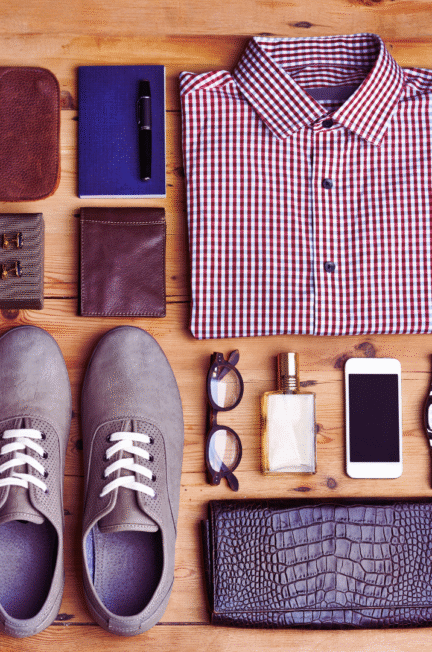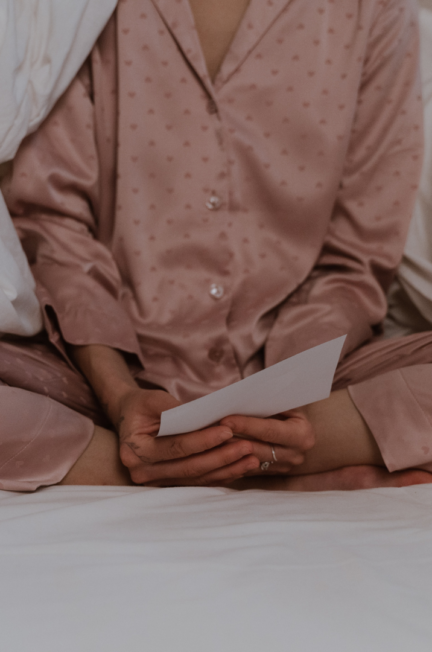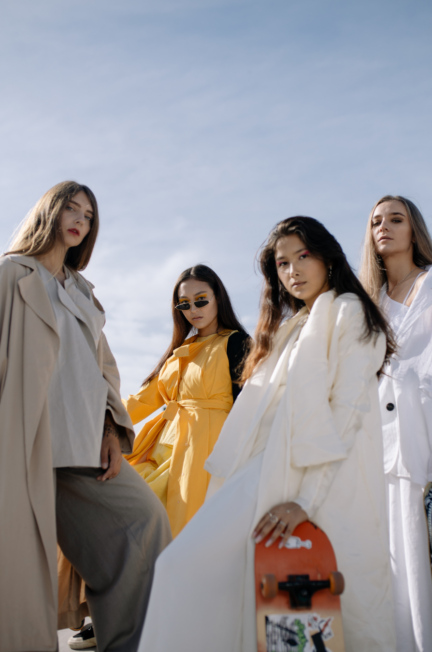Mixing vintage and modern fashion can create a unique personal style that stands out. To successfully blend these elements, one should focus on key pieces that complement each other, striking a balance between the nostalgic charm of vintage items and the sleek lines of modern designs. This approach allows for endless combinations and showcases an individual’s creativity.
Incorporating vintage fashion involves selecting timeless pieces that bring character to an outfit. Pairing a classic vintage dress with contemporary accessories can elevate the overall look, making it both trendy and distinctive. Mixing and matching fabrics and silhouettes from different eras adds depth and interest to any ensemble.
Emphasizing a personal style while integrating modern pieces ensures that one remains relevant and stylish. By experimenting with various combinations, individuals can find what resonates with them, cultivating a wardrobe that reflects their personality and taste.
Understanding Vintage Fashion
Vintage fashion encompasses clothing and accessories that reflect styles from previous decades. This section explores the definition, history, and identification of authentic vintage pieces, providing readers with valuable insights into this unique fashion category.
Defining Vintage
Vintage fashion typically refers to clothing that is at least 20 years old. This includes garments created between the 1920s and the 1990s. Pieces from earlier eras may also be classified as “antique.”
Characteristics of Vintage Clothing:
- Unique designs reflecting specific eras.
- High-quality materials and craftsmanship.
- Nostalgic appeal for those looking to recapture past styles.
Understanding these elements helps individuals appreciate the distinction between vintage and contemporary fashion.
History and Influence
Vintage fashion has a rich history influenced by cultural, social, and economic factors. Each decade introduced distinctive styles shaped by events such as wars, music movements, and technological advancements.
Key Eras:
- 1920s: Flapper styles with loose silhouettes.
- 1950s: Full skirts and rockabilly aesthetics.
- 1970s: Bohemian influences and bold patterns.
These influences continue to inspire modern fashion designers, creating a blend of old and new styles.
Identifying Authentic Vintage Pieces
Identifying authentic vintage clothing requires attention to detail. Knowledge of tags, seams, and fabrics can aid in differentiation from modern reproductions.
Tips for Identifying Authenticity:
- Labels: Look for tags indicating the brand and era.
- Materials: Familiarize with fabrics typical of certain periods.
- Craftsmanship: Examine seams and construction techniques, as vintage pieces often showcase superior artistry.
Thrift stores and vintage shops are excellent places to discover these authentic pieces, offering an opportunity to embrace vintage style with confidence.
Selecting Modern Complements
When integrating vintage and modern fashion, selecting the right contemporary pieces is crucial. These modern complements enhance the overall aesthetic while ensuring a cohesive look.
Contemporary Trends
Current fashion trends often emphasize minimalism and functionality. This aligns well with vintage pieces, creating a balanced contrast. Popular items include tailored blazers, sleek trousers, and modern footwear.
Denim remains a versatile choice, blending seamlessly with various vintage styles. Pair high-waisted jeans with a vintage blouse for a fresh yet nostalgic look. Accessories such as structured bags or statement jewelry can elevate the outfit, adding a contemporary touch.
Staying updated on color palettes is essential. Neutral tones, alongside bold accents, can enhance the vintage attire without overwhelming it. The key is to find modern items that complement the vintage pieces rather than compete with them.
Choosing Versatile Modern Items
Versatile modern items serve as a foundation for mixing styles. Opt for classic silhouettes that can easily layer over vintage pieces. For instance, a fitted turtleneck can be an excellent base under a vintage dress.
Footwear plays a pivotal role in modernizing vintage outfits. Chunky sneakers or sleek ankle boots can add an unexpected twist. Oversized blazers or modern cardigans can bring structure and sophistication to softer vintage looks.
While selecting items, prioritize quality over quantity. Investing in well-made pieces ensures longevity and enhances the overall appearance. A strategic selection of modern items can bridge the gap between eras effectively, creating a unique personal style.
Combining Vintage and Modern Elements
Mixing vintage and modern fashion creates a unique personal style that showcases individuality. This section explores how to achieve a balanced look by focusing on cohesiveness, strategic accessorizing, and contrasting styles.
Creating a Cohesive Look
To effectively combine vintage and modern pieces, consider the color palette and fabric types. Selecting a cohesive color scheme can help harmonize different elements. For example, pairing muted vintage shades with contemporary neutral tones creates a unified appearance.
Layering is an essential technique in achieving balance. One could wear a vintage blazer over a modern top or pair high-waisted vintage trousers with a sleek modern blouse.
Mix and match items thoughtfully to find the right combination. Sticking to pieces from different eras that share similar silhouettes ensures a coherent yet dynamic look. Vintage finds can act as statement pieces, grounding a modern outfit.
Accessorizing with Purpose
Accessories play a critical role in blending styles. Vintage accessories, such as bold statement necklaces or classic handbags, can elevate a modern outfit. They provide a unique touch that highlights personal style.
Choosing one-of-a-kind accessories can make a modern ensemble feel distinct. For example, pairing a vintage brooch with a contemporary jacket adds character and interest.
Attention to detail is crucial; consider vintage-style earrings or belts that enhance a modern look without overwhelming it. Thoughtful accessorizing can bridge the gap between old and new, resulting in a fashion-forward appearance.
Playing with Contrasts
Contrasting elements can create visual interest when combining vintage and modern styles. For instance, pairing an ornate vintage dress with minimalist modern footwear brings focus to each piece.
Different eras offer a plethora of styles to work with. A vintage minaudière can add glamour to a sleek, contemporary outfit while grounding the overall appearance.
Textural contrasts can also enhance the look. Combining vintage denim with a modern silk top can create a balanced and eye-catching outfit. By intentionally mixing different textures and styles, one can achieve an avant-garde aesthetic while remaining sophisticated.



